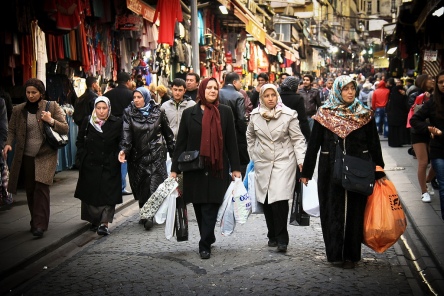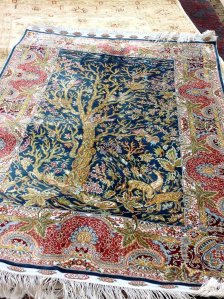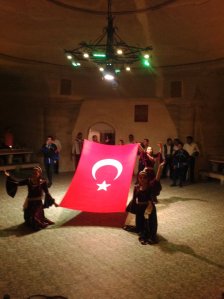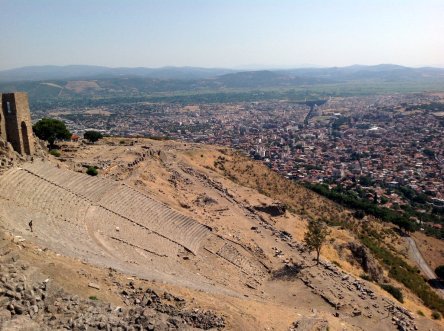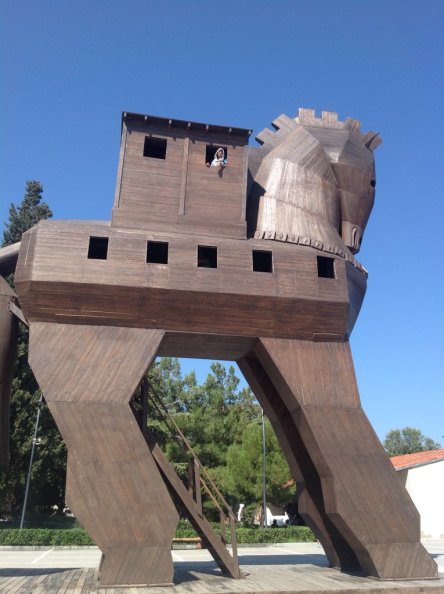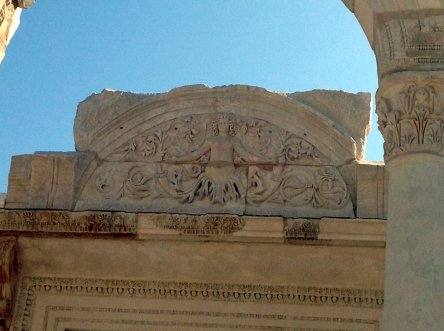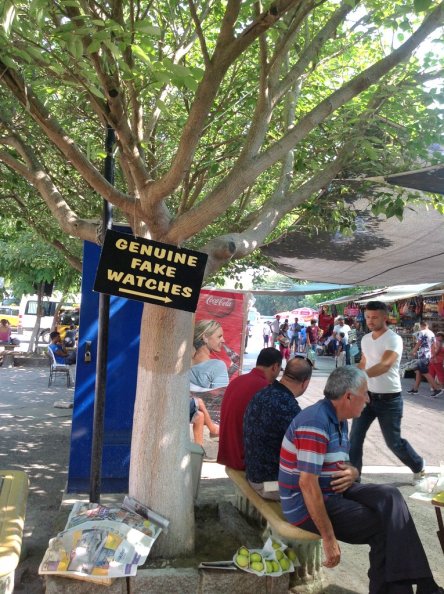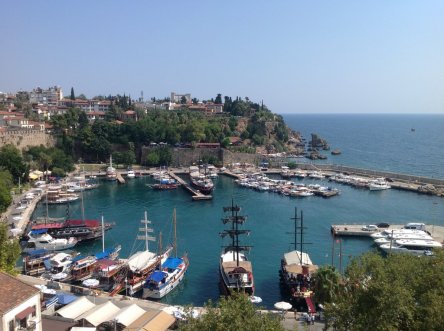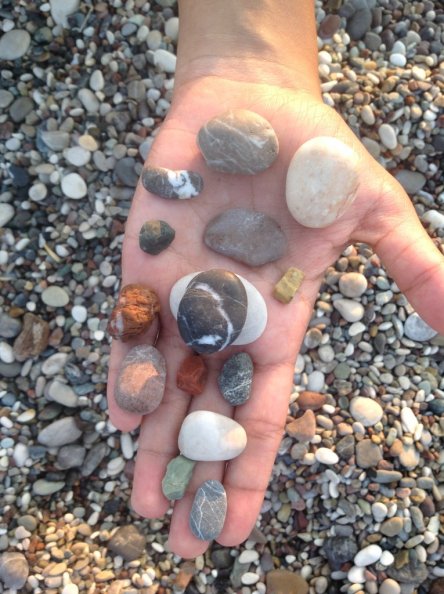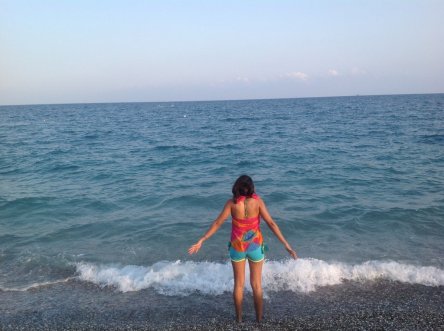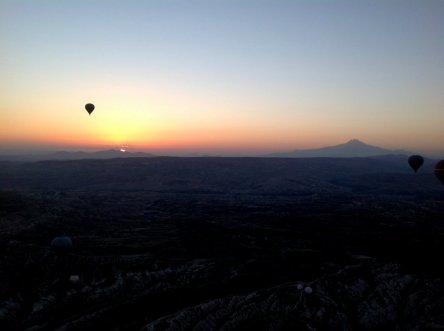Istanbul. Where impossible contradictions make up an intricate carpet woven by a potpourri of tailors, over centuries of historical events central to the world as we know it.
Istanbul. Where Islam and Christianity inextricably intertwine through the past and the present. Where modernity and culture and not mutually exclusive, but a spicy mix creating a vibrant and thriving society. Where it is difficult to identify a racial stereotype as faces and colours are fluid. Where locals’ ancestry is so diverse that you wonder at the convergence in this special place. Where Asia and Europe, the “east” and the “west,” meet in one city. Where the sea caresses the land. Where languages are dancers of all kinds. Where the wafting vegetarian variety explodes your taste buds into multiple foodgasms. Where art poignantly expresses messages from society’s subconscious. Where both the political left and the political right are strong, and the voice of the people remains assertive through waves of changes.
Istanbul (previously Constantinople) is the capital of Turkey, and has been the capital of the Roman Empire, the Byzantine Empire, the Latin Empire, and the Ottoman Empire! There is a structure in Istanbul of great spiritual significance – the Hagia Sophia. Now a museum, it was originally built as a Greek Orthodox cathedral, then converted to a Roman Catholic cathedral, and later it became an Ottoman Mosque – 3 forms of religious worship housed in just one building, over hundreds of years. Paintings by previous religions were, as usual, covered by new ones relevant to the current worshippers – signifying how almost all religions have been guilty of defacing others.
Does grand, largescale, intricate art require a stark wealth division? Coupled with labour of love by peasants? Think of all the grand and beautiful artistic structures you have ever seen – whether mosques, churches, temples, Egyptian pyramids, Ottoman palaces, Roman stadiums, etc. – that cannot and will not be produced by modern architecture. Why? This thought struck me as I watched one of the few largescale intricate labouring art forms of today – carpet weaving. Months of labour, and very high amounts paid for the products by the extremely wealthy few on our planet.
Muslim Morals.Turkey defies the unfortunate stereotype the world has created of Muslims. In this Muslim-dominated country, the morals of Islam strongly define people’s actions. I commented to a cab driver on Turkey’s streets being so clean that I happily walked barefoot. He proudly replied “That’s because it’s our culture. It’s unacceptable to litter.” Later, I used a public minibus (similar to Kenya’s matatus) and tried to shove my way on, in the style I am used to. However a large man, a fellow passenger, stuck his arm out and prevented me from boarding while allowing those who had been waiting before me to get on. Once they were all in, there was a seat left and he let me climb in. I felt ashamed, while simultaneously admiring the engrained Muslim morals.
I love going to a place where people are proud of their culture. One night, we watched a Turkish traditional dance, and I couldn’t help but compare it to cultural shows that are put on for tourists in Kenya. Back home, the performers are exoticised, their traditional dances are subconsciously labelled by all as ‘primitive,’ and the dancers themselves rarely emanate joy while performing – it’s usually a last resort to earn some cash. In Turkey on the other hand, the traditional dances were given their due respect and admiration. I felt like royalty while watching the various folk dances in a grand round theatre eating traditional food and listening to the band playing Turkish instruments. The dancers entered with pride on their faces, fervour throughout their movements, and joy in their eyes at showcasing their magnificent traditional dances to awed visitors. Can we here in Kenya learn something from this?
The apparent impossible has been achieved in Turkey. How has Turkey managed to retain culture and tradition while simultaneously developing and growing into a modern society with a robust economy? Is it partially because the national language is local – Turkish? Is it because leaders have prioritized cultural preservation and respect of heritage? Is it because the country has such historical cultural significance that it is almost impossible to lose it? Or is it the pride of the people in their rich culture, history, and traditions that keeps the flames burning and evolving with the times?
